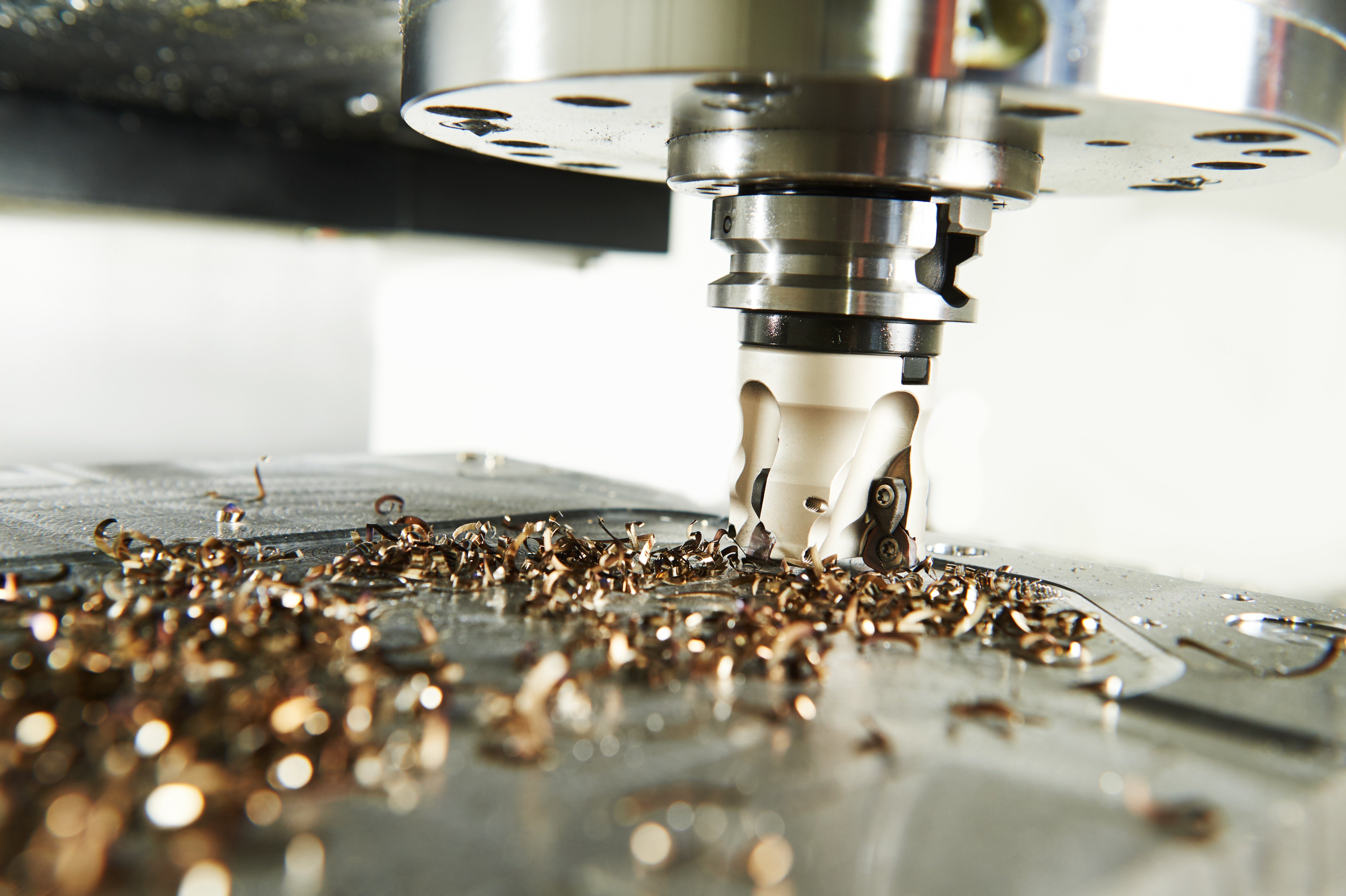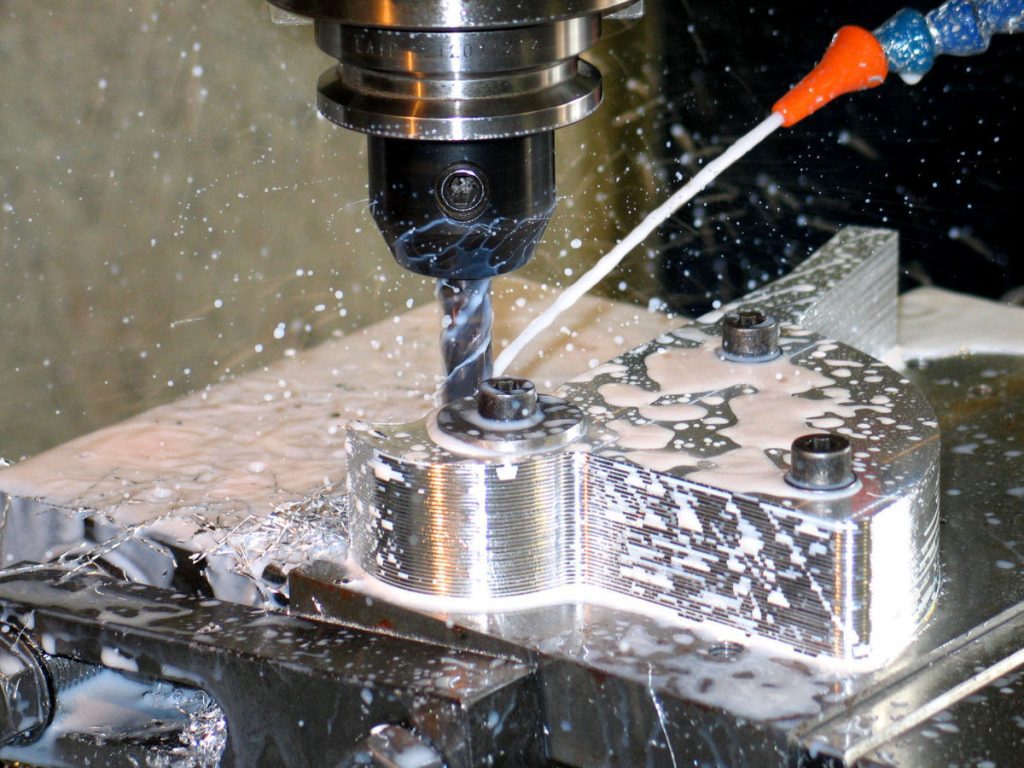Fasteners and Machining: Enhancing Longevity and Efficiency in Manufacturing
Fasteners and Machining: Enhancing Longevity and Efficiency in Manufacturing
Blog Article
Mastering the Art of Bolts and Machining: Advancements and Finest Practices
In the world of commercial manufacturing and engineering, the mastery of fasteners and machining is a keystone of guaranteeing structural stability, performance, and longevity in different applications. As technology developments and demands for efficiency and precision increase, staying abreast of the most recent advancements and best methods in fastening and machining ends up being critical. From the development of securing modern technologies to the details of choosing one of the most appropriate products, the landscape of modern-day production is continually progressing. Join us as we explore the newest advancements and delve right into the nuanced globe of mastering fasteners and machining, uncovering key insights and strategies that can elevate your approach to design services.
Development of Attachment Technologies
Throughout the industrial transformation and into the modern era, the advancement of attaching innovations has actually been noted by constant advancements in performance and reliability. Fasteners, such as bolts, rivets, and screws, play a vital duty in various sectors, consisting of automotive, aerospace, construction, and electronic devices. The demand for more powerful, more sturdy, and easier-to-install fastening services has driven innovation in the field.
One significant development has been the change towards precision machining strategies to create fasteners with greater resistances and exceptional efficiency. This change has enabled makers to generate fasteners that meet strict top quality criteria and deal raised resistance to rust and exhaustion.
In addition, the intro of innovative materials, such as titanium alloys and composites, has actually revolutionized the capacities of bolts. Fasteners and Machining. These products offer phenomenal strength-to-weight proportions, making them suitable for applications where minimizing weight is crucial without jeopardizing architectural honesty
Developments in Machining Methods
In the world of industrial production, the constant advancement of machining techniques has actually led the method for unprecedented precision and effectiveness in the production of fasteners. One of the substantial developments in machining approaches is the utilization of Computer Numerical Control (CNC) technology. CNC makers use unequaled precision and repeatability by permitting automated control of machining tools. This exact control enables makers to develop facility and detailed bolt layouts easily.

Additionally, the fostering of multi-axis machining facilities has actually made it possible for synchronised reducing procedures from different angles, even more boosting efficiency and reducing production times. By making use of these innovative machining techniques, producers can meet the enhancing need for top quality fasteners while preserving cost-effectiveness in their operations.
Choosing the Right Bolt Products
Selecting the suitable product for fasteners is an important decision that substantially influences the efficiency and long life of the constructed parts. When selecting the ideal fastener material, numerous variables have to be considered to make certain the toughness and dependability of the last product. The product selected ought to be page suitable with the ecological conditions the bolts will be subjected to, such as temperature variants, dampness degrees, and harsh elements.
Common products utilized for fasteners include stainless-steel, carbon steel, titanium, and aluminum, each offering distinct properties that fit different applications. Stainless steel, for instance, is known for its corrosion resistance, making it excellent for marine or exterior settings. Carbon steel is an economical choice ideal for numerous general-purpose applications. Light weight aluminum is lightweight and typically made use of in markets where weight is a crucial aspect. Titanium, on the various other hand, is incredibly strong and corrosion-resistant, making it appropriate for high-performance applications.
Enhancing Precision in Machining
Accomplishing optimal accuracy in machining is crucial for making sure the top quality and efficiency of machined parts. Accuracy in machining describes the capability to regularly generate parts within tight tolerances and with high accuracy. To enhance accuracy in machining, producers employ a range of advanced techniques and modern technologies. One trick approach is making use of Computer go to this site system Numerical Control (CNC) equipments, which provide superior accuracy and repeatability contrasted to traditional hands-on machining approaches. CNC equipments are programmable and can carry out complex machining procedures with marginal human treatment, causing greater precision degrees.
Along with CNC machining, making use of sophisticated cutting tools and device holders can also dramatically improve precision. Top notch cutting devices with sophisticated coverings decrease friction and wear, leading to much more accurate cuts and dimensional accuracy. Executing rigid high quality control procedures throughout the machining process, such as routine examinations and calibration of tools, helps keep regular precision degrees. By prioritizing precision in machining, makers can accomplish exceptional item top quality, tighter resistances, and improved general efficiency of machined components.

Finest Practices for Bolt Setup
Precision in machining plays a crucial function in guaranteeing the reliability and durability of fastener setups. One essential element is the correct option of bolts based on the details application needs when it comes to best practices for fastener setup. Utilizing the proper type, dimension, and material of fastener is necessary to ensure ideal performance and durability. Fasteners and Machining. Furthermore, it is paramount to comply with supplier standards and recommended torque worths throughout the installation procedure to avoid under-tightening or over-tightening, which can result in premature bolt failure.
Additionally, making sure that the bolt threads are clean and totally free of debris prior to setup is crucial to accomplishing a secure and learn this here now effective connection. Utilizing thread-locking compounds or washers can likewise improve the stability of the fastener assembly. Regular assessments and upkeep of fasteners post-installation are recommended to recognize any kind of possible issues at an early stage and protect against pricey repair work or substitutes in the future. By adhering to these finest methods, manufacturers can optimize the stability and efficiency of their bolt installations.
Verdict
Finally, the evolution of attaching technologies and improvements in machining approaches have considerably enhanced the efficiency and efficiency of fastener setup procedures. By choosing the right fastener materials and boosting accuracy in machining, suppliers can achieve optimum cause their procedures. Complying with finest techniques for bolt setup is essential in making sure the toughness and reliability of assemblies. In general, grasping the art of bolts and machining includes constant advancement and adherence to best methods.
In the world of industrial manufacturing, the constant evolution of machining approaches has led the means for unprecedented accuracy and efficiency in the production of bolts.Accuracy in machining plays an essential function in ensuring the integrity and durability of fastener setups. When it comes to best practices for fastener installation, one crucial aspect is the correct selection of fasteners based on the certain application needs. By selecting the right fastener materials and improving accuracy in machining, producers can accomplish optimal outcomes in their operations. Generally, understanding the art of fasteners and machining entails continuous technology and adherence to ideal practices.
Report this page